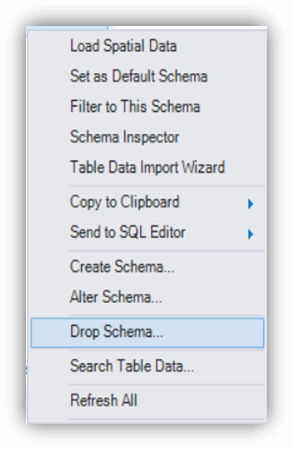
This means that the same user can have access to a specific schema without requiring that user to have the same level of access to the remaining schemas. If needed, you can now configure read or write access on a per-schema basis. We recommend only creating schemas for new applications. We do not recommend migrating data from existing schemas into new schemas. For example, an Employee table that needs to be used in both Finance and HR applications should be created in the "Appian" schema. If there are tables that are common to applications in your environment that use different data sources, create those tables in the "Appian" schema. We also recommend that when you create tables for an application, you only use one schema for that application in addition to the default "Appian" schema. We recommend that you only create additional schemas when your applications need data segregation and isolation. The majority of your data should be stored in the default "Appian" schema. Best practices for creating additional schemas
MYSQL SHOW DATABASES WHICH ARE NOT SCHEMA HOW TO
This section describes best practices for creating schemas, how to grant access to schemas, and how to create schemas. However, database administrators can create additional schemas and use system groups and object security to secure access to them. All Appian Cloud databases ship with a default "Appian" schema which has broad access.


In your Appian cloud database, you can use schemas to control access to certain data.

For example, a developer who is only working on applications for HR wouldn't need access to data that is specific to Finance. While developers need access to certain information, it may be unnecessary to grant them access to all data in a database. Information in databases is often sensitive. Using schemas to configure access to data If you want to change this label or color, open a support case. To help distinguish between the phpMyAdmin interfaces for different environments, the phpMyAdmin header has a different default color and label for development, testing, staging, and production environments.

Members of the Database Viewers and Database Editors system groups will see the specific schemas they have access to, along with the default Appian schema.Members of the Database Adminstrators system group will be redirected to phpMyAdmin, where they can see all schemas in the database.The schemas visible to you will depend on how your access is configured: Choose Cloud Database to see all schemas available to you.In the header bar, open the navigation menu.To access the relational database for your Appian Cloud site: Because of this, Appian Technical Support does not provide general assistance or training for using phpMyAdmin. PhpMyAdmin is a widely adopted solution with abundant online documentation.


 0 kommentar(er)
0 kommentar(er)
